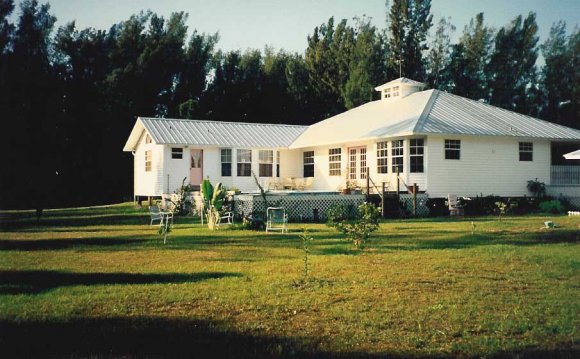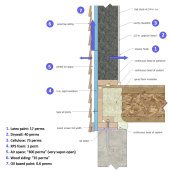
 Depending on where you live, critters from snakes and rodents to spiders, bugs, and armadillos may have taken up residence in your crawl space. Add a little water—or even a lot when flooding occurs—and mold and rot create indoor air quality (IAQ) problems and structural deterioration. Oh, and did I mention that soil gases like radon or methane can find their way into your house through the crawl space? Research has shown that whenever it’s warmer inside your house than outside, the buoyancy of the rising warm air in the house sucks air into your home from the crawl space. In heating-dominated climates, 40% or more of the air you breathe in your home originated in your crawl space. Definitely scary—and it’s dark down there.
Depending on where you live, critters from snakes and rodents to spiders, bugs, and armadillos may have taken up residence in your crawl space. Add a little water—or even a lot when flooding occurs—and mold and rot create indoor air quality (IAQ) problems and structural deterioration. Oh, and did I mention that soil gases like radon or methane can find their way into your house through the crawl space? Research has shown that whenever it’s warmer inside your house than outside, the buoyancy of the rising warm air in the house sucks air into your home from the crawl space. In heating-dominated climates, 40% or more of the air you breathe in your home originated in your crawl space. Definitely scary—and it’s dark down there.
A well-sealed and insulated conditioned crawl space in a new home. (New Tradition Homes)
We build crawl spaces because they are cheaper to build than basements, or because ground conditions make building a basement impractical. A crawl space can also provide service access for plumbing, electrical, and heating-and-cooling systems.
Which Crawl Spaces Work Where?
In recent years, Building America and others have done a lot of research around the country on crawl spaces. By looking at this research, we can learn a lot about which crawl space configuration works where.
Historically, most crawl spaces have been vented to the exterior (see “Definitions” and “Codes”). In some climates—especially with the introduction of central A/C—this can cause problems. In climates with extended periods of hot-humid weather—this includes the Southeast and most of the Northeast and Midwest—closed crawl spaces are the best option. Under hot-humid conditions, warm, moist air enters the vented crawl space from outside and can condense on the cooler surfaces. These cooler surfaces are created within the crawl space by the shade provided by the building and the moderating effect of the contact between the crawl space and the ground. Even when condensation doesn’t take place, relative humidity (RH) above 80% for an extended period can support mold growth and eventually rot wooden structural materials. Add A/C to the house, and the floor above the crawl space becomes even cooler—and any ductwork in the crawl space creates an added risk of condensation.









